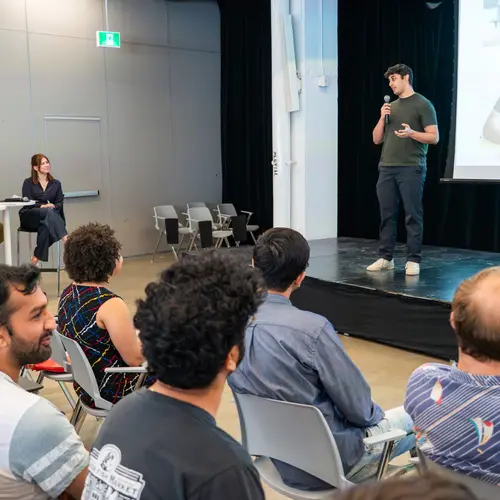
Timothy O'Donnell
Biographie
Je suis professeur adjoint au Département de linguistique de l’Université McGill. Dans mes recherches, j'élabore des modèles mathématiques de généralisation, d'apprentissage et de traitement du langage. Mes travaux s'appuient sur les méthodes expérimentales en psychologie, les techniques de modélisation formelle utilisées dans le traitement du langage naturel, les outils théoriques de la linguistique, et les problématiques de ces trois domaines.


